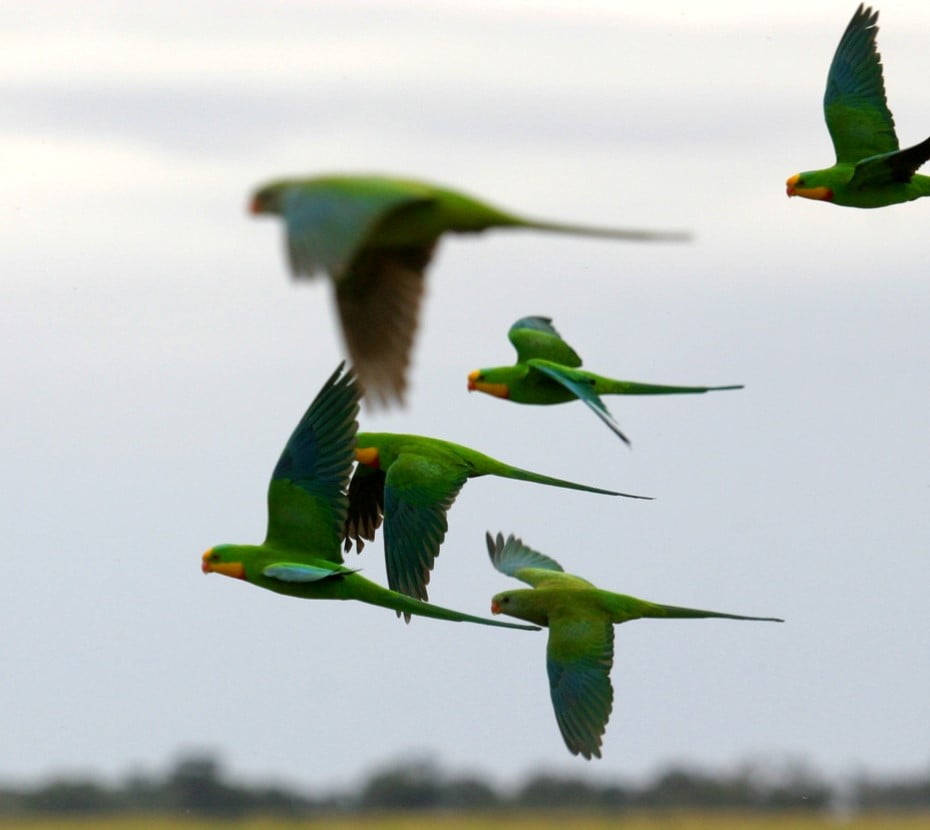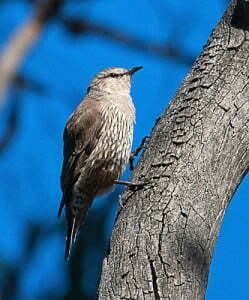Haydn Burgess, the new Rivers of Carbon on-ground manager for our Yass and Biodiversity Fund projects, forwarded this article to me about the importance of riparian tree cover for woodland birds….
Research question:
Ecosystems world-wide are increasingly subject to multiple interacting disturbances. Biodiversity in anthropogenic landscapes can be enhanced by manipulating landscape patterns, but could such landscape management also assist biota to cope with the effects of extreme climatic events, such as drought?
Research approach:
The researchers surveyed woodland bird communities in 24 ‘whole’ landscapes (each 100 km2) in an agricultural region of south-eastern Australia near the beginning (2002–2003), middle (2006–2007) and after (2011–2012) an extreme drought (the ‘Millennium Drought’). They quantified the resistance, resilience and stability of the avifauna to the decade of drought and related these measures to properties of the study landscapes: the extent of wooded habitat, configuration of habitat, land-use composition, landscape productivity and geographic context.
Research findings:
Landscape productivity, represented by the extent of riparian tree cover in the landscape, was the strongest driver of the resistance, resilience and stability of avifaunal richness to severe drought. Woodland bird communities in landscapes with larger areas of riparian tree cover retained a larger proportion of their species richness during the Millennium Drought and consequently had greater stability over the drought’s duration.
Synthesis and applications:
Landscape properties can influence the resistance, resilience and stability of faunal communities to an extreme climatic event. By protecting, restoring and enhancing native vegetation in productive areas of landscapes along stream systems, drainage lines and floodplains, land managers can effectively build climatic refugia and thereby enhance the resistance of biota to climatic extremes. However, a net decline over the entire study period suggests this will not, by itself, arrest decline during periods of extreme drought.
You can read more about this research in the Journal of Applied Ecology.
The researchers who undertook the study are:
- Dale G. Nimmo – Landscape Ecology Research Group & Centre for Integrative Ecology, School of Life and Environmental Sciences, Deakin University, Burwood, Vic., Australia)
- Angie Haslem – Department of Ecology, Environment and Evolution, La Trobe University, Bundoora, Vic., Australia)
- James Q Radford – Institute for Land, Water and Society, School of Environmental Science, Charles Sturt University, Albury, NSW, Australia
- Mark Hall – Department of Ecology, Environment and Evolution, La Trobe University, Bundoora, Vic., Australia
- Andrew Bennett – Department of Environment, Land, Water and Planning, Arthur Rylah Institute for Environmental Research, Heidelberg, Vic., Australia

